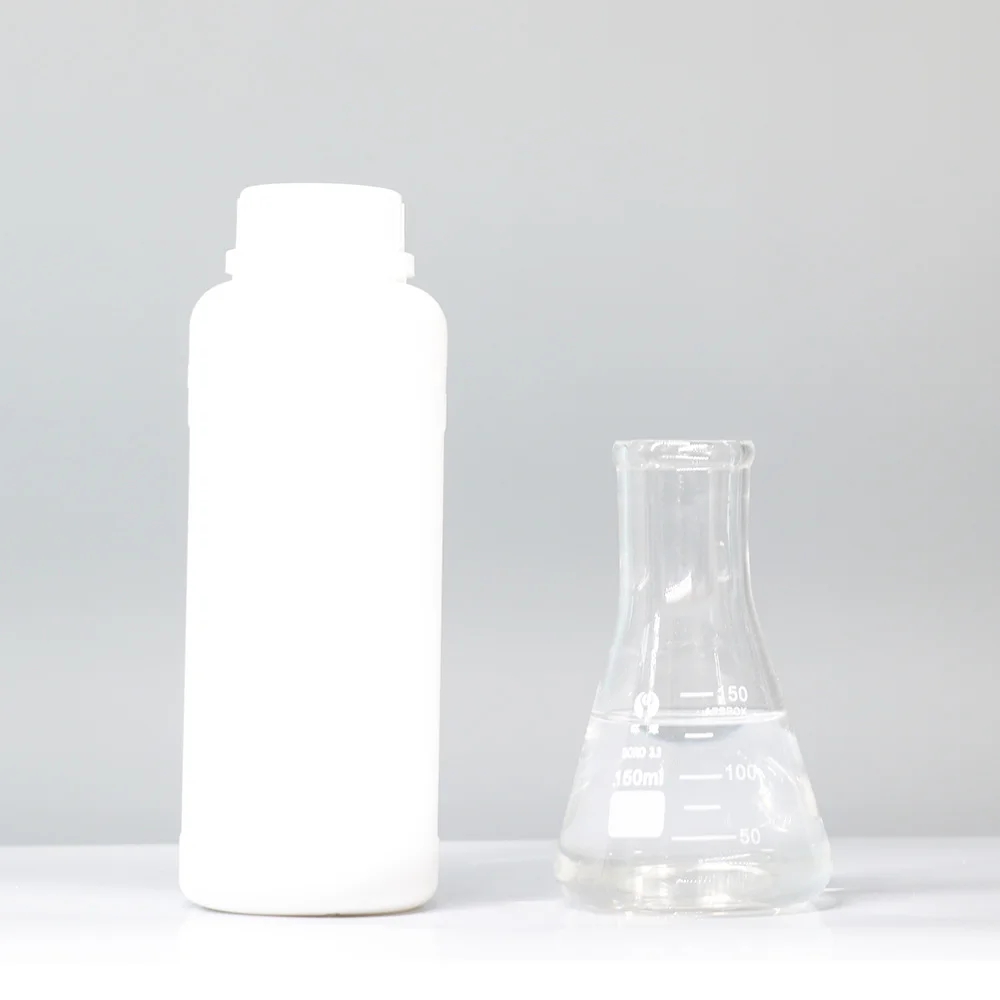Popularization of knowledge - tetrahydrofuran
Tetrahydrofuran (THF), also known as oxolane and 1,4-epoxybutane, is a heterocyclic organic compound with the chemical formula C4H8O. It belongs to the ethers and is the complete hydrogenation product of furan. It is a colorless and transparent liquid. In water, ethanol, ether, acetone, benzene, etc. CAS No.:109-99-9.
Colorless transparent liquid with an ether-like odor. Miscible with water. The azeotropic mixture with water can dissolve alkaloids such as cellulose acetate and caffeine, and the solubility performance is better than that of tetrahydrofuran alone. General organic solvents such as ethanol, ether, aliphatic hydrocarbons, aromatic hydrocarbons, chlorinated hydrocarbons, etc. can be well dissolved in tetrahydrofuran. It easily combines with oxygen in the air to form explosive peroxides. Non-corrosive to metals and corrosive to many plastics and rubbers. Due to its low boiling point and flash point, it is easy to catch fire at room temperature. During storage, oxygen in the air can react with tetrahydrofuran to form explosive peroxides. Peroxide is more likely to form in the absence of light and water. Therefore, 0.05% to 1% of reducing substances such as hydroquinone, resorcinol, p-cresol or ferrous salts are often added as antioxidants to inhibit the generation of peroxides. This product is of low toxicity and operators should wear protective equipment.
Tetrahydrofuran is mainly used as a solvent, chemical synthesis intermediate, and analytical reagent.
Its vapor and air can form explosive mixtures. It is easy to cause combustion when exposed to high heat, open flames and strong oxidants. Potentially explosive peroxides may be formed on contact with air or exposure to light. Can react with acids. Reacts violently with potassium hydroxide and sodium hydroxide. Its vapor is heavier than air and can spread to a considerable distance from a lower place. It will ignite and backfire when encountering a fire source.
Tetrahydrofuran has stimulating and anesthetic effects. Inhalation causes upper respiratory tract irritation, nausea, dizziness, headache and central nervous system depression. Can cause liver and kidney damage. Liquids or highly concentrated vapors may be irritating to eyes. Long-term and repeated contact with the skin may cause dermatitis due to degreasing.
